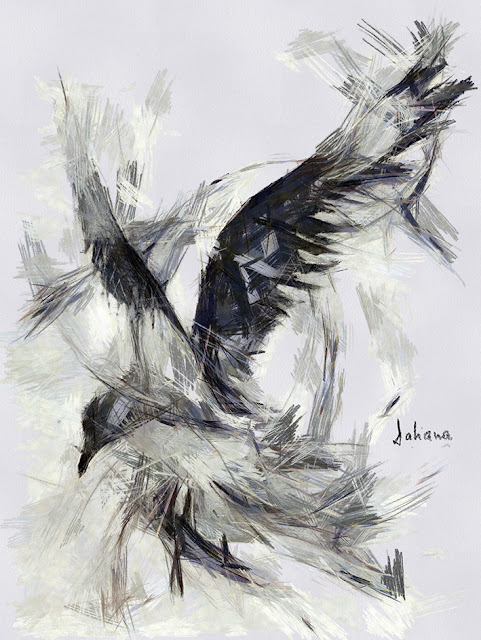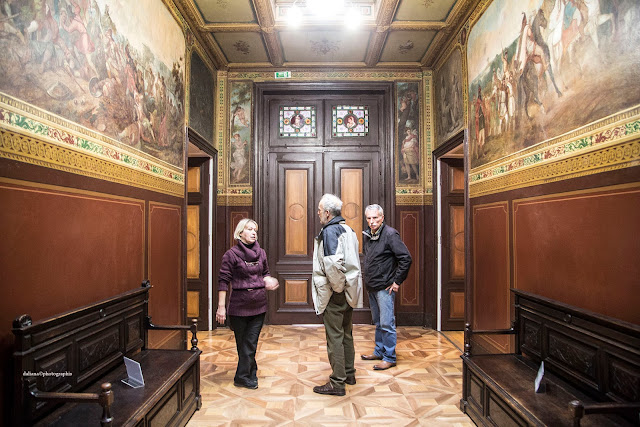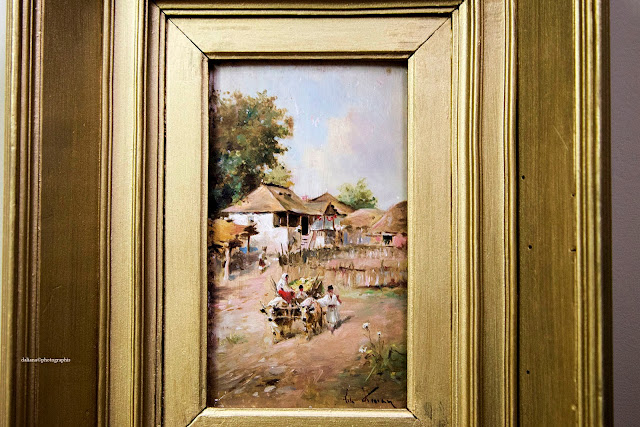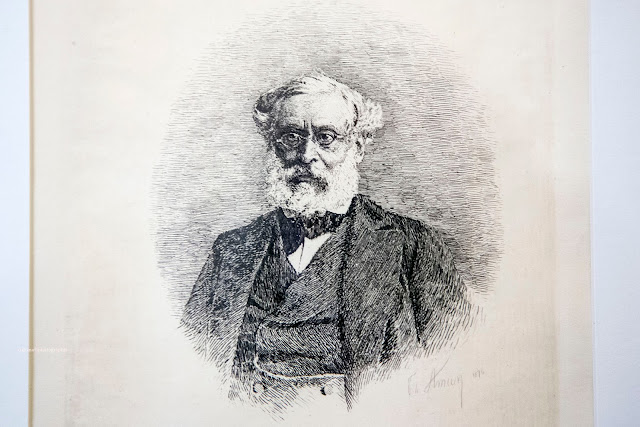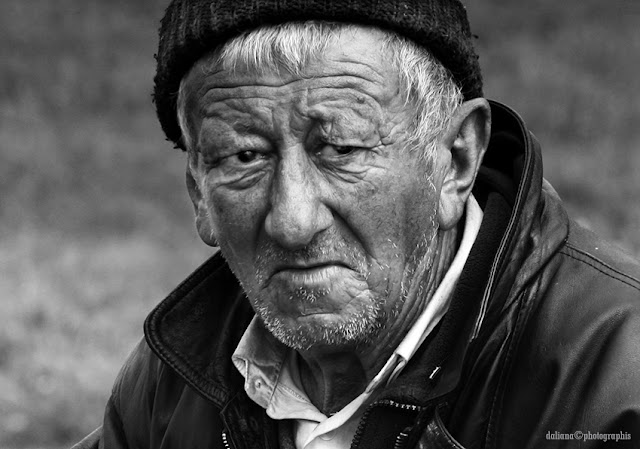“Most gulls don’t bother to learn more than the simplest facts of
flight—
how to get from shore to food and back again.
For most gulls, it
is not flying that matters, but eating.
For this gull, though, it was
not eating that mattered, but flight.
More than anything else, Jonathan
Livingston Seagull loved to fly.
This kind of thinking, he found, is not
the way to make one’s self popular with other birds.
Even his parents
were dismayed as Jonathan spent whole days alone, making hundreds of
low-level glides, experimenting.
“Why, Jon, why?” his mother asked.
“Why is it so hard to be like the
rest of the flock, Jon?
Why can’t you leave low flying to the pelicans,
the albatross?
Why don’t you eat? Son, you’re bone and feathers!”
“I
don’t mind being bone and feathers, mom. I just want to know what I can
do in the air and what I can’t, that’s all. I just want to know.”
“See
here, Jonathan,” said his father, not unkindly.
“Winter isn’t far away.
Boats will be few, and the surface fish will be swimming deep.
If you
must study, then study food, and how to get it.
This flying business is
all very well, but you can’t eat a glide, you know.
Don’t you forget
that the reason you fly is to eat.” Jonathan”
― Richard Bach, Jonathan Livingston Seagull
“- „Chiang, lumea asta de fapt nu e paradisul, nu-i aşa?”
Bătrânul zâmbi în lumina lunii.
Bătrânul zâmbi în lumina lunii.
„Te desăvârşeşti mereu, Jonathan”, spuse el.
- „Bine, dar ce se va întâmpla acum? Unde mergem? Oare paradisul nu există nicăieri?”
-„Nu, Jonathan, nu există.
- „Bine, dar ce se va întâmpla acum? Unde mergem? Oare paradisul nu există nicăieri?”
-„Nu, Jonathan, nu există.
Paradisul nu este un loc sau un timp.
A fi desăvârşit—iată paradisul”.”
― Richard Bach, Jonathan Livingston Seagull
